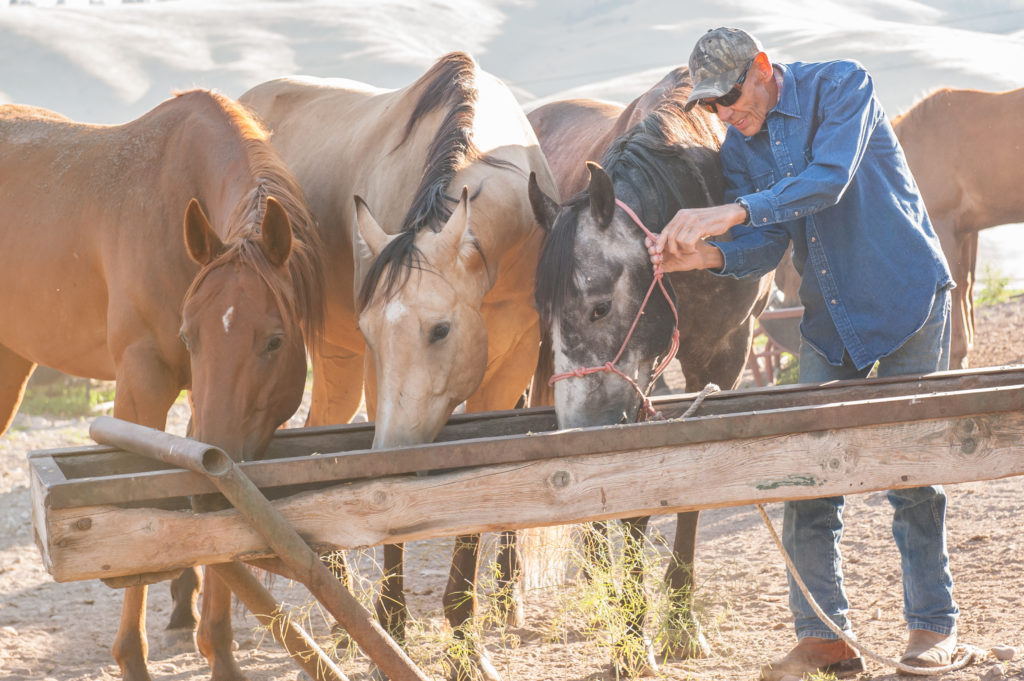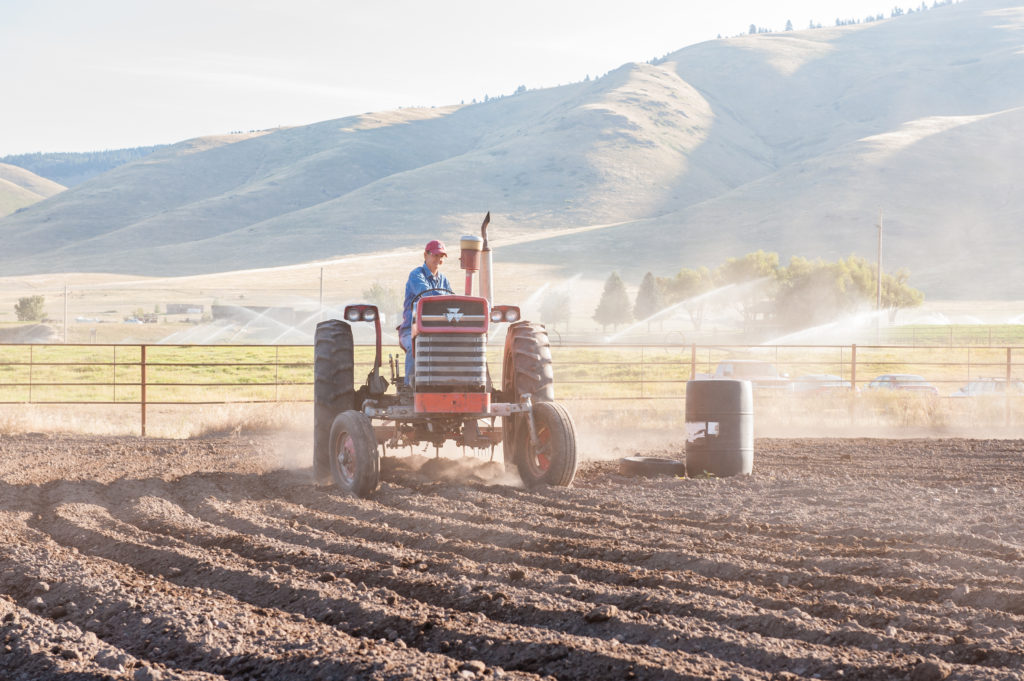
Place is defined by people, governance, and institutions as much as it is by physical landscape, natural resources, buildings, and boundaries. Every person lives in multiple places, both over a lifetime and at any given time—where they live, work, learn, shop, and play and at different scales—home, neighborhood, city, state, nation, and planet.

What You Need to Know
These key issues are essential to understanding how we can support thriving people and places.
Place: Rural Life
- If there was any doubt before the pandemic that access to affordable broadband was an essential service, akin to electricity supply, then this surely has been dispelled.
- Rural areas are becoming increasingly racially diverse, although social strains and fiscal challenges are apparent in those areas with recent shifts.
- Experience from the Great Recession indicates that economic recovery for most rural areas will take much longer than for the rest of the country.
- There is significant risk that the pandemic will drive deep business losses and unemployment in rural areas, along with shrinking basic services. This is likely to accelerate population decline in many areas.
- The federal government should place a high priority on coordinating the investments and engagements with rural America and Tribal Nations through a national partnership that is dedicated to supporting dynamic and sustainable rural communities.


Historical Context
POVERTY EXISTS IN BOTH RURAL AND URBAN PLACES, but rural places have suffered generations of relatively higher poverty and lower income rates, especially in more remote areas. Systems in rural America reinforce entrenched poverty and racial inequalities that, generation after generation, worsen health outcomes and increase community vulnerability.
I have an inherent belief that the more we take care of the people in our community, the better our economy and our society will be.”
Liz Baxter, North Sound Accountable Community of Health

Current Conditions
The current national political climate stokes the sense of rural versus urban interests and politicizes issues in ways that inhibit the search for common ground. That said, there is no coherent, unified voice for rural America. Change will be possible only if we work across jurisdictions, service territories, and sectors.

“Rural and urban people, communities, and economies are inextricably connected, with continual flows of people, goods, and capital back and forth across invisible boundaries. Pitting rural and urban America against each other makes no sense and is harmful to all. Change and transformation must be driven by rural communities themselves—local people must set priorities and determine what constitutes success, and do so in ways that are inclusive of everyone in their communities.”
Brian Dabson, University of North Carolina at Chapel Hill

Pivotal Moves
A Selection of Ideas for Changing Course
PIVOTAL MOVES are decisive actions that could begin now and change the course of community life relatively quickly.
EXPAND BROADBAND DEPLOYMENT & ADOPTION
Speed up implementation of the Rural Digital Opportunity Fund, emphasizing partnership between private sector, government, philanthropic, and nonprofit organizations.
Prioritize digital inclusion, ensuring that communities and individuals are not blocked by the cost of access or devices, poor confidence, lack of technical skill, or absence of local leadership.
Remove barriers to local action, including federal and state rules that protect legacy carriers and limit the ability of local governments to support community broadband deployment.
DEVELOP REGIONAL ECOSYSTEMS & ENTREPRENEURSHIP
Give legislative priority to a rapid expansion of the Community Development Financial Institutions (CDFI) Fund. Funds should be channeled into CDFIs that serve rural areas and Tribal Nations.
Establish clear goals for all federal capital access programs, including the number of new entrepreneurs who access capital, revenues generated, new jobs created and sustained, and customer experience feedback.
Advance the development of robust regional ecosystems by mapping the multiple systems in a region, promoting the articulation of common goals, and exploring new modes of collaborative governance.
Each state should provide incentives, perhaps in conjunction with philanthropic organizations and matching federal dollars, for local governments to explore greater regional collaboration. This should include technical assistance and planning funds for the design and implementation of collaborative efforts.
Establish a series of pilots for testing models of high-performance service-delivery systems in rural regions.